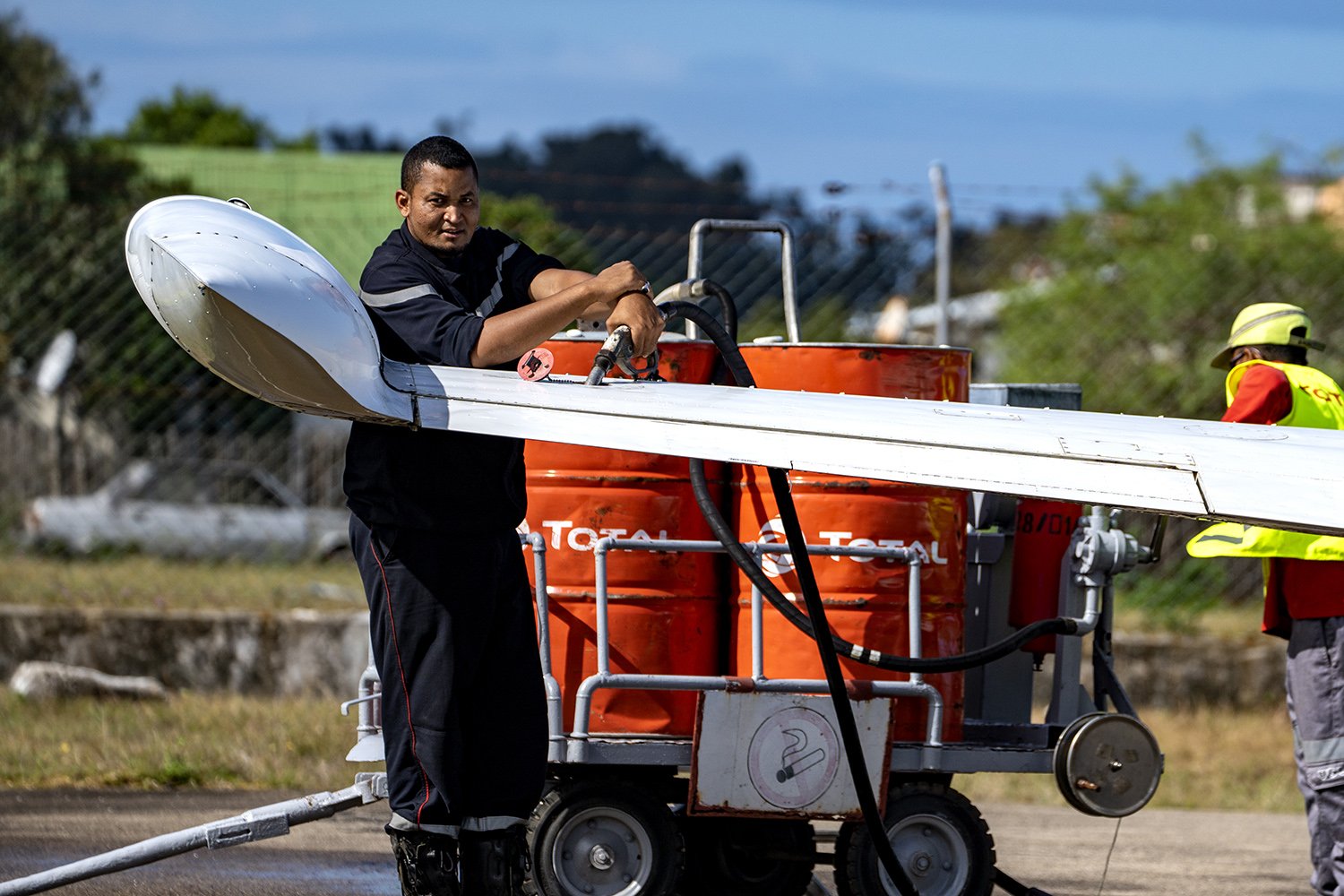Navigating Travel's Turning Point: How Global Cooperation Can Support Destinations Like Fiji
On August 5th next week, global leaders in sustainable tourism will gather in Fiji for the Global Sustainable Tourism Council GSTC Conference. The host destination is a powerful symbol: a nation at critical, existential risk from climate change.
A pivotal conversation awaits which I hope is at the fore in Fiji — how can a nation dependent on tourism for its development reconcile that need with a climate crisis driven by the deceptively invisible but catastrophic emissions of that same industry?
As a global travel specialist with concerns about industry inaction, I believe this GSTC conference is a vital moment. It is an opportunity to push past laudable intentions and confront the fundamental questions at play. My research into Fiji's tourism strategy reveals a critical lesson for the entire industry.
The Fiji Paradox: The Conundrum of Growth and Climate Survival
Fiji's sustainable development strategy, a dual-track policy of economic growth and deep decarbonization, presents an unavoidable conundrum. On one hand, the government is pursuing a plan centered on tourism to fuel its economy. On the other, it has a highly ambitious Low Emission Development Strategy (LEDS) to achieve net-zero or net-negative emissions by 2050.
The conflict here is stark. A significant increase in international air traffic is required to meet the economic goals, yet the available data shows that around 85% of the GHG emissions from international visitors are from their flight alone, not from their activity once there.
This means that while Fiji's efforts to green its local operations are laudable and necessary—and indeed a model for other Small Island Developing States — they will only ever address a fraction of the total problem. The majority of its tourism's carbon footprint is "imported" with each inbound flight, a factor largely beyond Fiji's direct control.
The Silver Bullet That Isn't: A Critical Look at Sustainable Aviation Fuel (SAF)
So, how does a climate-threatened nation reconcile this? The strategy there and almost every Destination with a published sustainable strategy, relies heavily on Sustainable Aviation Fuels (SAFs) becoming the "silver bullet" that enables a continued growth trajectory while mitigating emissions.
However, a critical look at the data presents a sobering reality.
Scarcity and Scale: Global SAF production is currently less than 1% of total aviation fuel demand. The challenges of scaling this production to meaningful levels without significant knock-on impacts (e.g., land use change for feedstocks) are immense.
The E-Kerosene Conundrum: While e-kerosene (Power-to-Liquid) offers the highest long-term decarbonization potential, it is also prohibitively expensive and resource-heavy to produce, requiring vast quantities of renewable electricity. The infrastructure and investment required for this scale are still decades away.
The Unavoidable Gamble: For Fiji and other destinations, this reliance on an unproven-at-scale solution is a high-stakes gamble. It's a bet that global policy and technological innovation will overcome systemic barriers on a timeline that prevents irreversible climate impacts.
Asking the Obvious Questions
For destinations to claim sustainability while relying on increasing visitor volume and the burning of fossil fuels is an extremely difficult decision. This situation cries out for a collective industry conversation, grounded in realism.
What, as a tourism industry, can we collectively do to address this? The power of volume tourism — with its political and economic weight —pushes every nation toward a model that may ultimately destroy the very assets it relies on.
Therefore, as the Sustainability industry jet into Fiji, let's ensure our focus isn't only on celebrating the local heroes making incredibly laudable, yet ultimately insufficient, changes. We must also, for example, commend GSTC member Japan Airlines for its sincere efforts to decarbonize and navigate this paradox, while still asking urgent questions of how the industry as a whole can achieve and sustain genuine climate responsibility in the week we also see news of Heathrow's expansion. We need urgent, honest information on scaling SAF from reliable sources, recognizing that its current sources and production present seemingly impossible challenges without a fundamental shift.
Where is the creativity we are all so proud of in the travel and risk industries? This moment demands we bridge activism and realism to better understand the topics and associated solutions, drawing on as much industry expertise as possible. We need to create a new economic model that supports quality over quantity.
What are your thoughts? How can we support Fiji and other climate-vulnerable nations in making this impossible choice, while holding the global industry accountable for its role?
Follow the Linkedin 404 NOIR company page for more strategic insights on climate responsibility, risk management, and ethical development for premier travel.
References
Analysis of Greenhouse Gas Emissions from Fiji's Tourism Sector: Inbound Flights vs. Local Operations
Harmonising climate change adaptation and mitigation: The case of tourist resorts in Fiji
FIJI’s STATE’ ACTION PLAN ON CO2 EMISSIONS REDUCTION FROM INTERNATIONAL AVIATION
From "The Fiji Sustainable Development Paradox: A Critical Analysis of Tourism and Climate Strategy":
From "Global Aviation's Greenhouse Gas Emissions: Historical Trends...":
From "Realistic Projections, Sources, and Environmental Costs of Sustainable Aviation Fuels":
SAF Production to Triple in 2024 but More Opportunities for Diversification Needed
Sustainable Aviation Fuels: The Key to Decarbonizing Aviation


